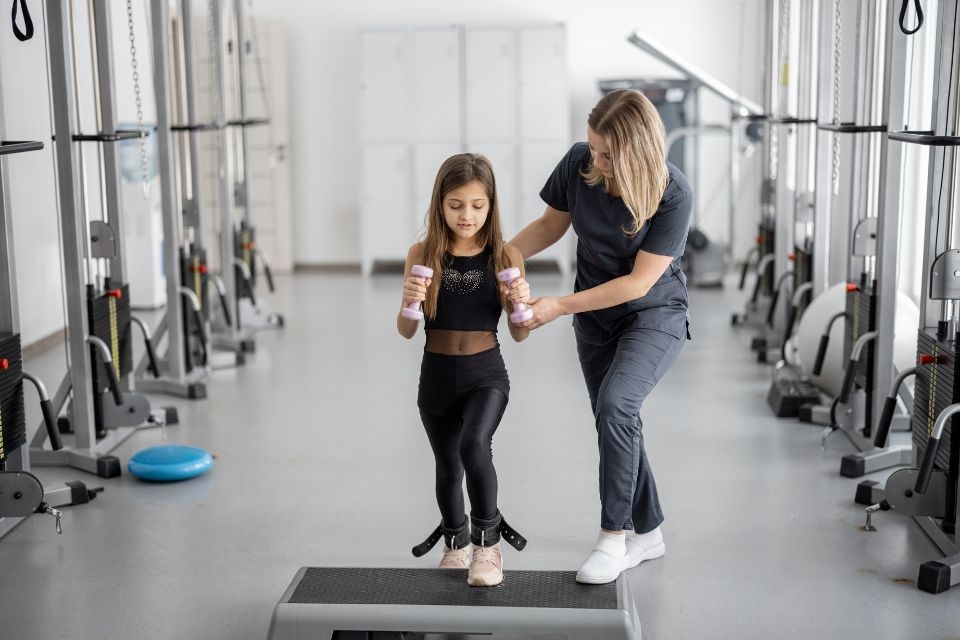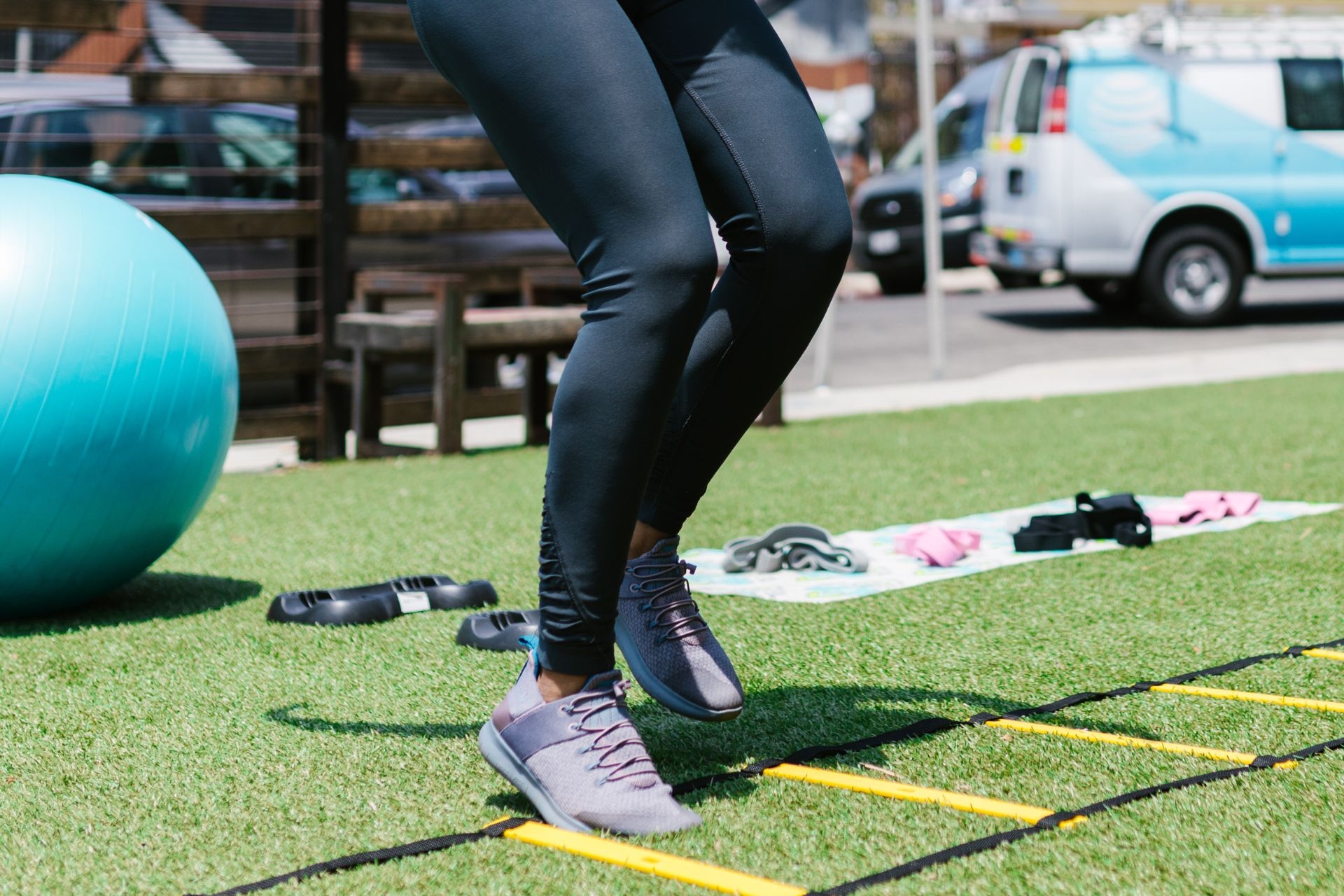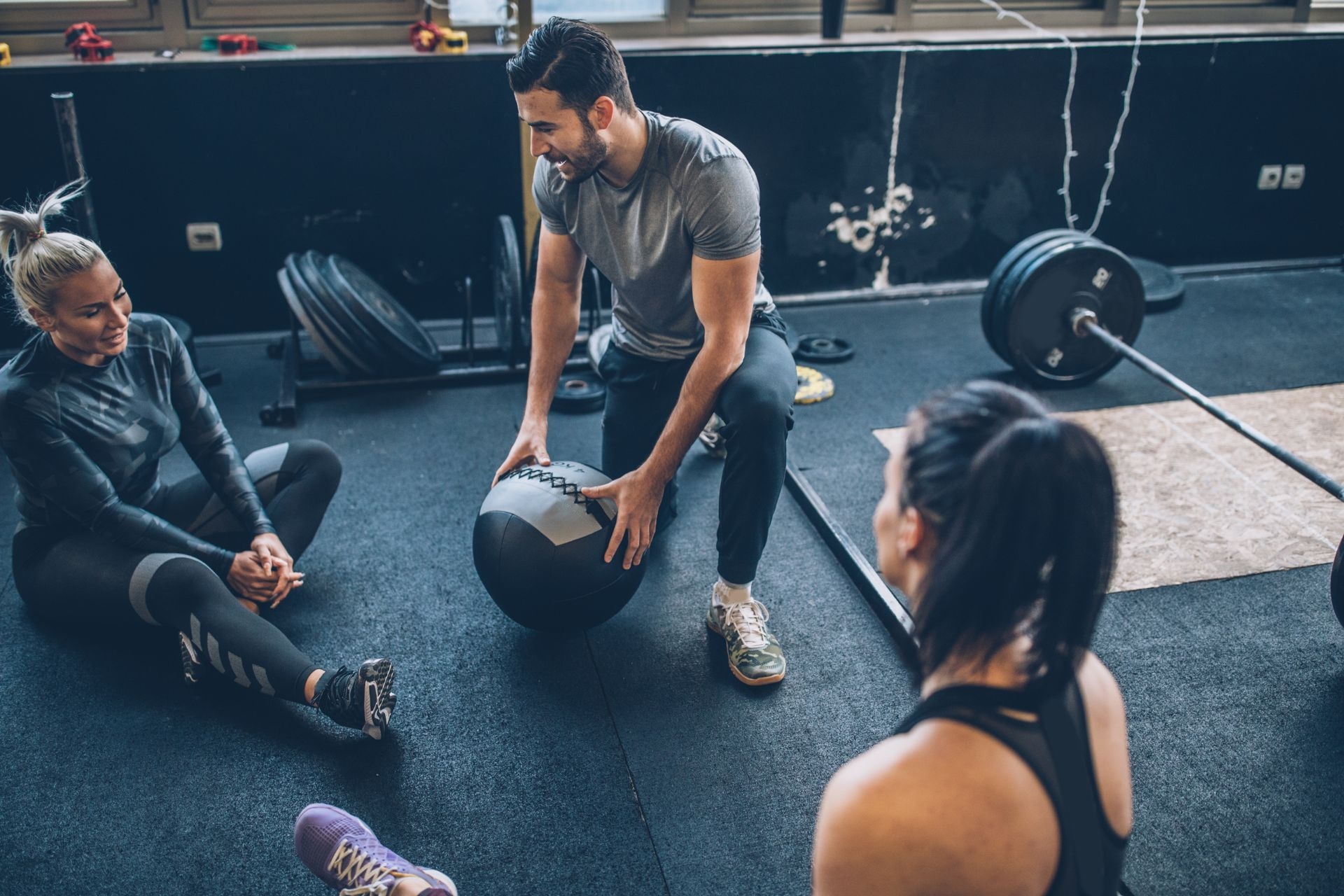Training Volume Adjustment
How does adjusting training volume impact muscle growth?
Adjusting training volume can have a significant impact on muscle growth. Increasing training volume, by adding more sets, reps, or exercises, can stimulate greater muscle hypertrophy by creating more muscle damage and metabolic stress. On the other hand, decreasing training volume may be beneficial for recovery and preventing overtraining, allowing muscles to repair and grow. Finding the right balance of training volume is crucial for maximizing muscle growth while avoiding burnout or injury.








